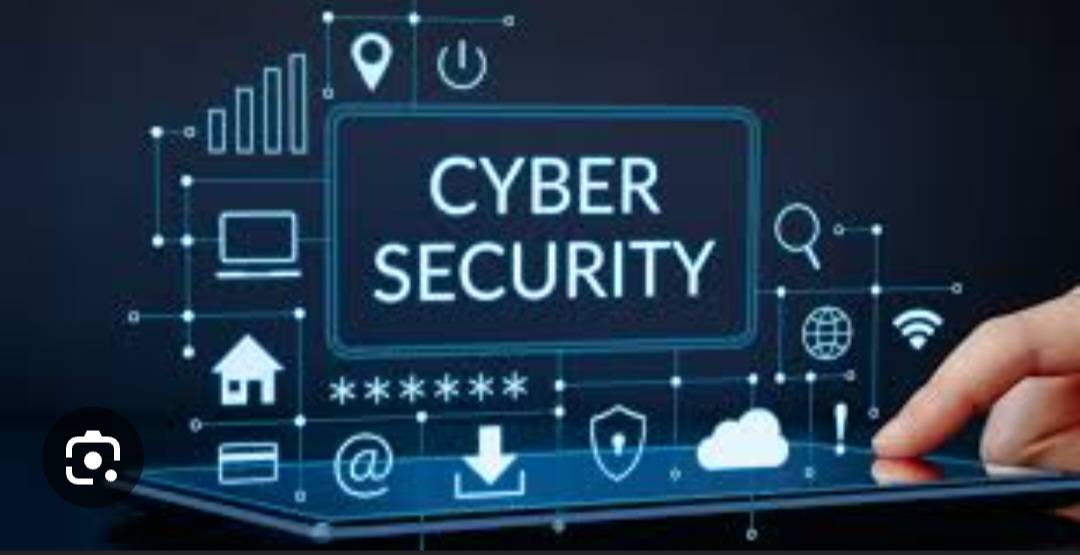Introduction
In an era defined by interconnectedness and digital advancements, cyber security has emerged as one of the most critical concerns for individuals, organizations, and governments alike. The rapid growth of technology and the increasing reliance on the internet have created unprecedented opportunities for innovation and progress. However, this progress has also brought forth new challenges, as cyber threats and attacks continue to evolve in complexity and frequency.
Cyber security, the practice of protecting computer systems, networks, and data from unauthorized access, damage, or exploitation, plays a crucial role in ensuring the stability and integrity of our digital world. In this article, we will explore the ever-evolving landscape of cyber security, the major threats faced, and the strategies employed to safeguard against them.
The Shifting Cyber Threat Landscape
Cyber threats have evolved significantly over the years, mirroring the rapid technological advancements in society. Initially, cyber attacks were relatively simple and mainly focused on disrupting systems for ideological reasons or personal gain. However, as technology became more sophisticated, cybercriminals followed suit, employing more sophisticated methods to exploit vulnerabilities.
Today, cyber threats encompass a wide range of malicious activities, including:
Malware Attacks: Malicious software, such as viruses, worms, trojans, ransomware, and spyware, can infiltrate systems and cause significant damage, often stealing sensitive information or encrypting data for ransom.
Phishing and Social Engineering: Cybercriminals use deceptive tactics to trick individuals into divulging personal information, login credentials, or financial details through phishing emails or social engineering schemes.
Advanced Persistent Threats (APTs): Highly sophisticated and stealthy attacks, where attackers gain unauthorized access to networks and remain undetected for extended periods, conducting espionage or data theft.
Distributed Denial of Service (DDoS) Attacks: Attackers flood a target's network with overwhelming traffic, causing service disruptions and denying legitimate users access to the services.
Internet of Things (IoT) Vulnerabilities: With the increasing prevalence of IoT devices, cybercriminals exploit security weaknesses in these devices to gain unauthorized access and potentially control connected systems.
Insider Threats: Attacks originating from within an organization, where employees or privileged users misuse their access to compromise systems or steal sensitive information.
Supply Chain Attacks: Cybercriminals target vulnerabilities in a company's supply chain to compromise software updates, hardware components, or services used by the organization.
The Growing Importance of Cyber Security
The growing importance of cyber security is evident across all sectors. For individuals, it's essential to safeguard personal information, financial data, and digital identities from theft or misuse. Organizations face significant financial and reputational risks due to data breaches and cyber attacks, making cyber security a top priority for executives and board members.
Government entities also recognize the significance of cyber security in safeguarding national security, critical infrastructure, and sensitive information. As nations become increasingly interconnected, cyber warfare and cyber espionage have emerged as real threats, prompting governments to invest in robust cyber defense capabilities.
Protective Measures and Best Practices
To counter the ever-changing cyber threat landscape, organizations and individuals must adopt proactive cyber security measures. Some best practices include:
Regular Security Updates: Keep software, operating systems, and applications up-to-date to patch known vulnerabilities.
Strong Authentication: Implement multi-factor authentication (MFA) for added protection against unauthorized access.
Employee Training: Educate employees about phishing scams, social engineering, and other common cyber threats to promote a security-conscious culture.
Data Encryption: Encrypt sensitive data both at rest and in transit to protect it from unauthorized access.
Network Security: Utilize firewalls, intrusion detection/prevention systems, and secure network protocols to safeguard against cyber attacks.
Incident Response Plan: Develop a comprehensive incident response plan to quickly detect, contain, and mitigate cyber incidents.
Vendor Risk Management: Assess and monitor the cyber security practices of third-party vendors to minimize supply chain risks.
Conclusion
As technology continues to reshape our lives, the importance of cyber security cannot be overstated. The ever-evolving cyber threat landscape necessitates continuous vigilance, adaptation, and innovation. By staying informed about emerging threats, implementing best practices, and fostering a culture of cyber awareness, individuals, organizations, and governments can work together to secure the digital realm and safeguard the foundation of our modern society.


